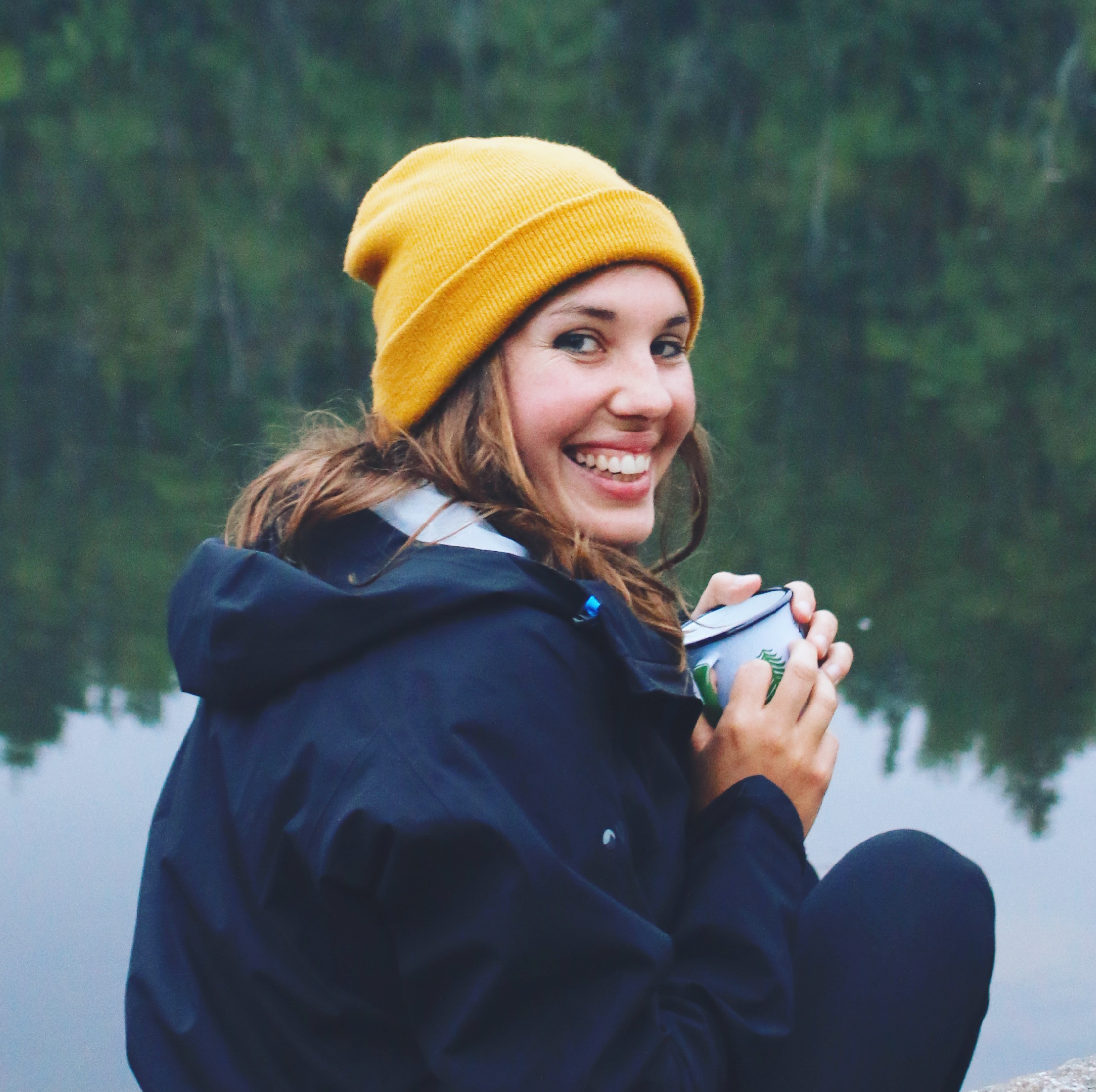"I have relented on the cattle. All my previous concerns about the timing of ‘conservation grazing’ versus ‘agricultural grazing’ belong some years down the line, looking at the state of the grass out there now. There are so few wildflowers in the tangled choking sward of my orchard that what I need ASAP is grass-cutting.
I need small Dexters, steers, handled yearlings, who are hungry and not inclined to challenge my fencing. So I’m back to the laptop for some brow-furrowing admin: registering the land for a CPH number, with the Animal Health Office for a herd number and with the British Cattle Movement Service.
My plans for the orchard have been inspired by a trip to Roger’s place. He’s got what I want, on the opposite side of the valley: wildflower meadows that hop and jump; cattle to graze them; the finest Cotswold stonewalls you’ve ever seen, featuring multiple badger smoots (tunnels for access through the wall). And the most open-hearted green attitude to life you could ever hope to meet. Roger is a true man of Stroud.
Roger’s place “washes its face” in terms of cost. Part of his income comes from the wildflower seeds that he has harvested, which I plan to use over here. As I wandered with him, I asked him about the wildlife he gets on his land. “Do you ever get muntjac? They make such a racket don’t they?” I asked. “No, not over here,” he replied.
Looking back at a new perspective on my orchard from this side of the valley, our conversation lulled. On cue, in strutted a muntjac fawn, brassily, and sat itself down in a hedge next to us. The language of nature sometimes needs no words.
A few weeks later, amid the anxieties of hearing about local pre-schoolers learning mandarin, violin and mini-judo (it’s the simpler life we’ve all moved here for), I came around to the idea of my very own extra-curricular. And so beginneth Nature Club. Not the most captivating title, I admit, but its beginnings were.
The moment struck me on a frozen Sunday morning run. Along a country lane, the lumpen figure emerged, overlaid, rather unfortunately with the tune Wires by Athlete in my headphones. (Why do I go running to Emo ballads?). Poor sod – a striking female badger knocked down last night and relatively unbloodied.
“You got wires going in/ you got wires coming out of your skin” played the lyrics in my headphones.
I lift my badger to the verge. Leaving a stencil body shape in the snow.
“You got tears/ making tracks.”
And then I was annoyed, how lazy to leave it here. Sure, you may not have intended to do this, but at least acknowledge that you did, recognise a life and move it away from more tyre-treads.
“I got tears/ that are scared of the facts.”
And as I ran on, an idea came to me. She was going to be mine.
The next day after school, we returned, the boot of the car lined with carrier bags. Nature Club was happening. My eldest daughter was hopping with excitement, my youngest very quiet. On the grass at home (with my hand tastefully covering the red bits), we got closer than we ever will to a badger. We could all see close-up that it has a big nose for smelling out its food, that its front legs are powerful for digging, and that its paws looks like an inverted kidney bean with a tell-tale fifth toe for identifying its tracks against a fox’s in the mud.
I handed them a plucked hair that cannot be rolled between your fingers, unlike human hair, because it isn’t round. That’s how you know it’s a badger hair, when you find it in a fence. Then, we buried her in the orchard. Not because I’m sentimental. But the best bit of all, because a year from now, we’ll dig up a superb badger skeleton. Lesson in decomposition thrown in. Boom.
There was, of course, some aftermath. My youngest daughter took a few days to understand that the badger wasn’t coming back. Death is hard enough for adults to accept, prompting me to type in ‘badgers playing’ on YouTube to sweeten the experience. And I worry to this day that my internet search ‘How long for body to decompose in ground?’ has found its way to GCHQ and will come back to bite me. (But what a forum to find oneself on. One lady asks about her pet ferret decomposing. The biologist replies “two weeks”. Up pops new post from a chap “gosh I had no idea it was that quick – how long for a human body buried directly in earth?” Cometh biologist’s scientific answer: “10 years”. To which came the reply “thanks that’s the figure I had in mind for human bodies”. I dearly wish I were making it up).
If you’re wondering why such dark themes appear in my summer offering to Countryfile Magazine, it is that from the death of winter secretes the spring of life. In a recent conversation with a trusted acquaintance, I laid down my opinion that after death there is nothing – that as a humanist, it’s what we do with this life that matters. After a long discussion about other things, I told him about our dead badger and that the prompt for me to start Nature Club was for everyday roadkill gloom to come to mean something.
This wretched marvellous animal would - instead of a tarmac smudge and a few corvid’s suppers - become a memory, a notion of compassion, a scientific fact hard-wired in my daughters’ brains. My acquaintance smiled: “So you’re saying there’s no life after death?”
An article about cattle and badgers… And breathe. We’re all still friends."
